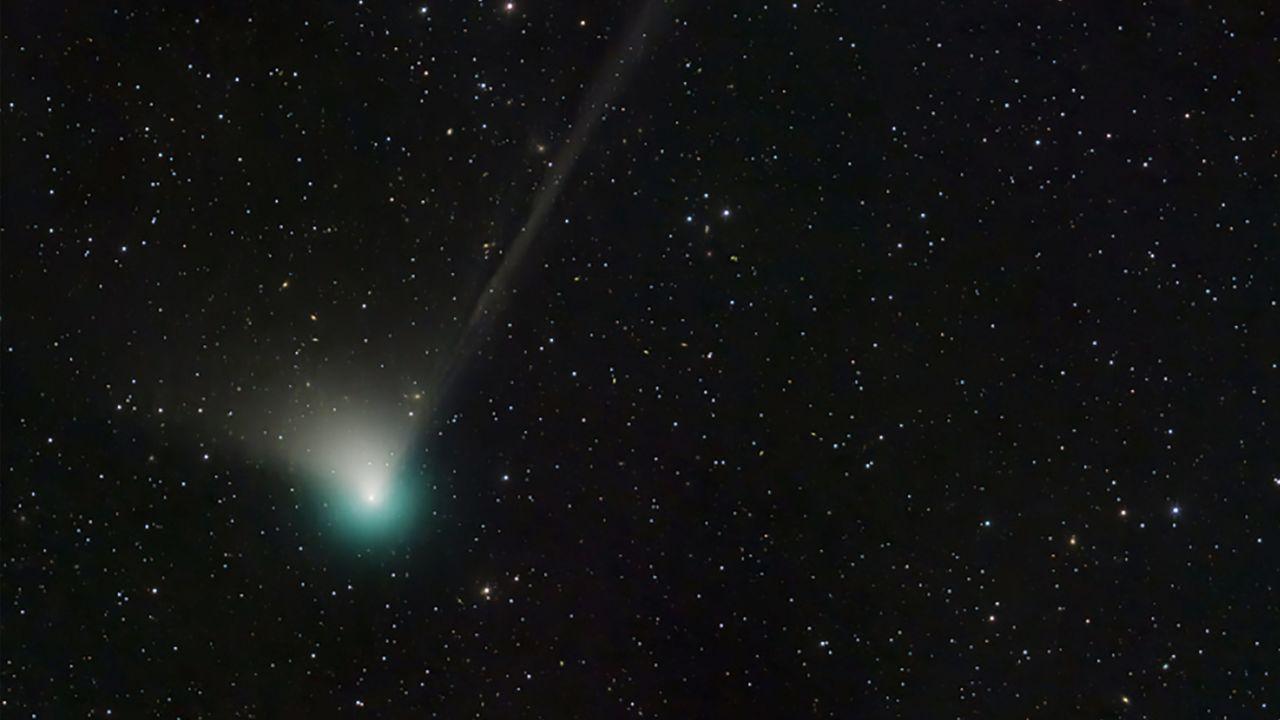Green comet will appear in the night sky for the first time since the Stone Age
Gav
A recently discovered green comet will soon zip by Earth for the first time in 50,000 years. It was last visible in the night sky during the Stone Age.
Discovered on March 2, 2022, by astronomers using the Zwicky Transient Facility’s wide-field survey camera at the Palomar Observatory in San Diego County, California, the comet made its closest approach to the sun on January 12, according to NASA.
Named C/2022 E3 (ZTF), the comet has an orbit around the sun that passes through the outer reaches of the solar system, which is why it’s taken such a long route — and long time — to swing by Earth again, according to The Planetary Society.
The icy celestial object will make its closest pass by Earth between February 1 and February 2, around 26 million miles to 27 million miles (42 million kilometers to 44 million kilometers) away, according to EarthSky.
Even during its closest approach, the comet will still be more than 100 times the moon’s distance away from Earth, according to EarthSky.
As the comet nears Earth, observers will be able to spot it as a faint green smudge near the bright star Polaris, also called the North Star. Comets reflect different colors of light due to their current positions in orbit and chemical compositions.
Early morning skies, once the moon has set after midnight for those in the Northern Hemisphere, are optimal for viewing the comet. The space object will be more difficult to see for those in the Southern Hemisphere.
Depending on its brightness, C/2022 E3 (ZTF) may even be visible to the unaided eye in dark skies, but binoculars or a telescope will make the comet easier to see.
The comet can be distinguished from stars by its streaking tails of dust and energized particles, as well as the glowing green coma surrounding it.
The coma is an envelope that forms around a comet as it passes close to the sun, causing its ice to sublimate, or turn directly to gas. This causes the comet to look fuzzy when observed through telescopes.
After passing by Earth, the comet will make its closest approach of Mars on February 10, according to EarthSky.
If clouds or inclement weather get in the way of skywatching, The Virtual Telescope Project will share a livestream of the comet in the skies above Rome. And don’t miss the other celestial events to see in 2023.












